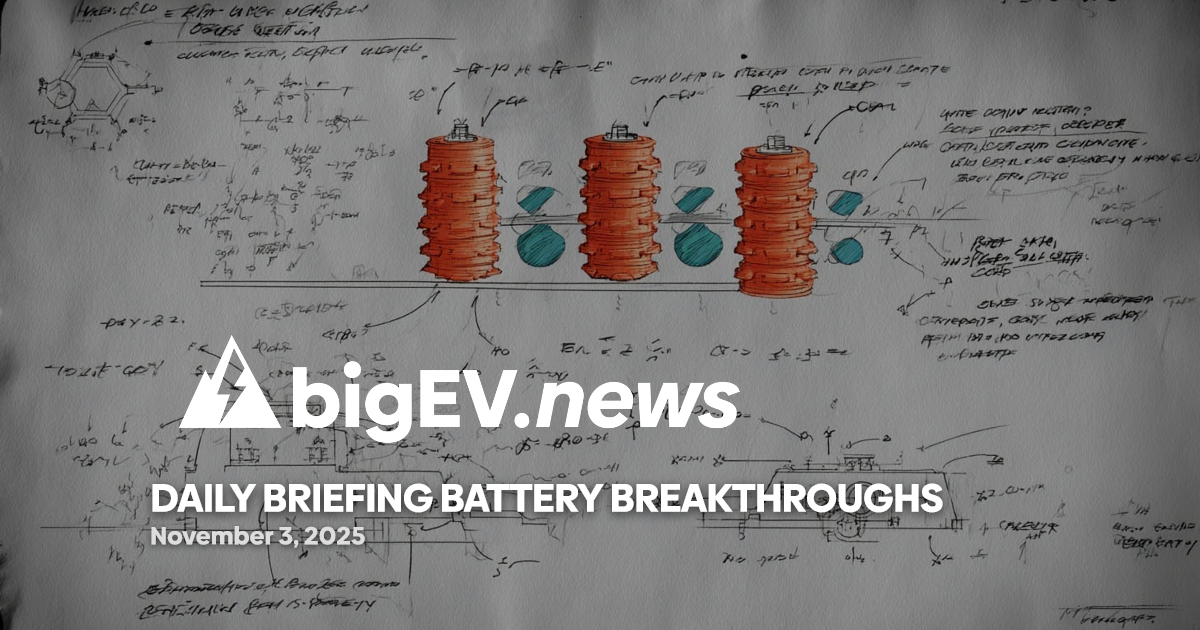Cross-sector electrification gains momentum as marine, motorcycle, eVTOL, and aerospace industries unveil new technologies, partnerships, and policy shifts—reshaping global mobility supply chains.
At a glance – Electrification trends redefine mobility
The past 24 hours have seen a surge in electrification initiatives across marine, motorcycle, eVTOL, and aerospace sectors, with each industry leveraging shared technologies such as high-voltage batteries, advanced inverters, and integrated supply chains. Notably, the marine sector is experiencing a rapid expansion of electric and hybrid propulsion systems, with manufacturers and operators reporting increased adoption rates and new vessel launches. Meanwhile, the motorcycle and eVTOL markets are capitalizing on modular battery platforms and scalable electric drivetrains, enabling cross-industry innovation and cost efficiencies. Aerospace players are accelerating the integration of electric propulsion for both commercial and defense applications, signaling a shift toward sustainable aviation. These developments underscore a broader trend: the convergence of electrified technologies and supply chains is not only reducing emissions but also fostering unprecedented collaboration between traditionally siloed mobility sectors.
Technology advance – Marine electrification and new propulsion systems
The marine industry continues to lead in electrification, with several groundbreaking projects unveiled. Wärtsilä has announced the delivery of integrated electric propulsion systems with waterjets for two new high-speed battery-electric catamaran ferries commissioned by Danish operator Molslinjen. These 129-meter vessels are set to boost passenger and vehicle capacity on the Kattegat route by over 25%, directly supporting Denmark’s ambitious decarbonization targets. In parallel, ZF Marine has launched the POD 4900, a powerful new pod propulsion system for vessels up to 150 feet, promising up to 20% efficiency gains over traditional shaftline systems. The first deployment will be on the Azimut Grande 30M superyacht, in partnership with Rolls-Royce Power Systems. These advances are complemented by HD Korea Shipbuilding & Offshore Engineering and HD Hyundai Heavy Industries, who have received Approval in Principle for a 16,000 TEU container ship concept featuring a fully electric propulsion system—an important milestone for large-scale, zero-carbon shipping.
Partnerships – Cross-industry alliances and training initiatives
Strategic partnerships are accelerating the adoption of electric mobility technologies. Vision Marine Technologies has expanded its electric boat training program across the Nautical Ventures Group’s east and west coast showrooms, ensuring that sales and service teams are equipped to support the company’s E-Motion™ 180E high-voltage platform. This initiative not only facilitates customer adoption but also strengthens Vision Marine’s integration of proprietary engineering with direct-to-consumer sales and after-sales support. In another significant alliance, ABB and Swedish nuclear developer Blykalla have joined forces to develop compact small modular reactors (SMRs) for maritime applications. These lead-cooled fast reactors are designed to provide scalable, clean power for next-generation vessels, further diversifying the energy mix available to the shipping industry and accelerating the transition to zero-emission operations.
Acquisitions/expansions – Retail network growth and vessel deliveries
Expansion of retail and service networks is playing a pivotal role in the commercialization of electric mobility solutions. Nautical Ventures Group now offers multiple Vision Marine electric boats at its showrooms, with immediate delivery available—a testament to the growing demand for electric propulsion in recreational boating. The company’s industrialized E-Motion™ 180E platform is being integrated across various boat models, highlighting the scalability and versatility of shared EV technologies. Recent deliveries underscore the shift from pilot projects to full-scale commercial adoption, with customers now able to experience the benefits of electric boating firsthand. This expansion is mirrored in other sectors, where modular battery and motor platforms are enabling manufacturers to rapidly scale production and meet rising market demand.
Regulatory/policy – Decarbonization mandates and fuel innovation
Policy developments are reinforcing the momentum behind electrification. The marine industry, in particular, is responding to stringent emissions regulations with a mix of hybrid-electric, all-electric, and alternative fuel solutions. In the United States, a pilot program at St. Andrews Marina in Florida has introduced Ideal EMP, a gasoline blend with 42% renewable content, as a drop-in replacement for traditional marine fuels. Early results indicate that the fuel performs comparably to diesel while potentially reducing lifecycle greenhouse gas emissions by up to 90%. Meanwhile, hybrid patrol boats and research vessels are being commissioned to meet California’s zero-emissions standards, leveraging advanced energy storage systems and hybrid propulsion architectures. These regulatory shifts are prompting manufacturers and operators to accelerate the adoption of clean technologies, with direct implications for supply chains and component standardization across mobility sectors.
Finance/business – Market growth, awards, and industry recognition
Financial indicators and industry accolades reflect the robust growth of electrified mobility sectors. The September 2025 issue of Electric Hybrid Marine Technology spotlights the Ferrari Hypersail project, an all-electric sailing vessel that marks the iconic automaker’s entry into marine electrification. The magazine also highlights the winners of the 2025 Electric & Hybrid Marine Awards, recognizing companies and technologies that are driving the industry forward. On the business front, Vision Marine Technologies’ continued expansion and successful deliveries signal strong market confidence, while partnerships with established retail networks are enhancing customer reach and after-sales support. These developments, coupled with increased investment in R&D and infrastructure, are positioning electrified mobility as a cornerstone of future transportation—spanning marine, motorcycle, eVTOL, aerospace, and powersports markets.
Sources: marinelink, electrichybridmarinetechnology, greenstocknews, boatingindustry, marinelink (hybrid patrol boats), electrichybridmarinetechnology (September 2025 issue)









